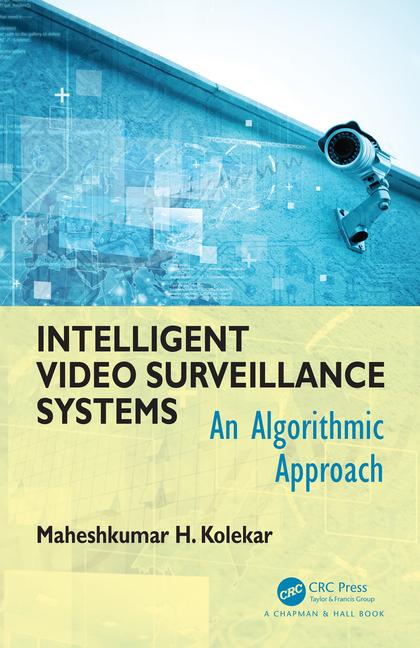
|
| Joyce Schofield of Guardian Alarm, who chairs the PPVAR Education Committee, was one of the presenters at yesterday’s PPVAR Verified Alarms Training Course. |
PPVAR delivered its inaugural certification training for Central Station Operators in a packed meeting room on Wednesday at ISC West. This two hour session was the first of three modules needed for a formal certification on video verified alarms. The training followed the outline of the PPVAR best practices document released in 2014. The Central Station training/certification is just the first step in a PPVAR training program that will also address 911 center PSAP call takers and insurance agents and actuaries. The goal of the comprehensive training is to educate all the stakeholders in the battle against property crime of how properly monitored verified alarms and priority police response make arrests and reduce loss.
“We are excited to find such a receptive crowd at our inaugural training session. It just underscores how important video verification and the PPVAR best practices have become to central stations,” said Joyce Schofield of Detroit-based Guardian Alarm, who chairs the PPVAR Education Committee and was one of the presenters at the session.
There is a follow-up PPVAR Law Enforcement Panel Discussion this afternoon at 4 p.m. in room 701, featuring representatives from seven different jurisdictions who will provide the security industry with their perspective on the PPVAR efforts and accomplishments. Chief Chris Vinson from Highland Park, Texas, will be discussing how the Texas Police Chiefs Association passed a formal resolution last week promoting priority response and defining a verified alarm as “as an electronic security system event in which a trained central station operator using a standardized protocol has determined the presence of humans and the high probability that a criminal offense is in progress.” This definition means that ECV and cross-zoning are considered false alarm reduction methods and but not verified alarms. The goal for the Texas police chiefs goes beyond simply reducing false alarms, they want to partner with the security industry to make more arrests. A key point of discussion will be the how each jurisdiction works with ordinances and their local alarm providers to maximize crime reduction.
Law enforcement’s support is a major factor driving video verification into the marketplace. There has been confusion between the industry and law enforcement about what the term “verification” actually means. For many in the industry, verification was confirming an alarm was false. For law enforcement, a verified alarm meant a crime in progress. The Texas Police Chiefs have helped put that issue behind us. Technology continues to improve and become more affordable and video verified alarms deliver greater value. Consumers are willing to pay more for faster police response and expecting more from their alarm companies.
As priority response policies becomes formalized and ordinances are updated, consumer demand will only continue to grow. The trend towards video verification is well represented in ISC West exhibit hall. Most of the major central stations on the show floor are promoting video verification services to their dealers. This year’s New Product Showcase also features several innovations that make video verified alarms affordable for residential applications, including a novel outdoor system creating a protective wireless video envelope outside the home.
The training/certification program that educates all the stakeholders including the PSAPs and the insurers is a huge step to create value for both the consumers and the alarm dealer. A valuable partnership with law enforcement has been created around the concept of “more information for more arrests.” Video verified alarms have finally moved from commercial applications into mainstream residential alarms. The insurance industry is now taking notice and the next phase of the process will be incremental discounts for video verified alarms.








